Their First Teacher is You - Part 1 of a 3-part series
By guest author Rachel Giannini, Early Childhood Specialist/Video Blog Host/Early Childhood Advocate.

You are everything to your child. Cook, caregiver, entertainer, chauffeur, and teacher. Yes, teacher! In fact, you are your child’s first and best teacher. This is because 80% of your child’s brain is developed before they reach the age of three and 90% by the time they are five. With one million neurological connections being made every second, every moment can be a teachable moment in the life of a small child. While that may sound like a lot of pressure, fear not! You are a natural teacher! But in case you are looking for some activities to do with your little one, here are a few personal favorites.

Photo credit to @kindredquiltingco
Birth-3 months
Congratulations! You have a newborn! Between feeding, napping, and diaper changing, you may be looking for an activity to stimulate your baby’s growing body and brain. Hand toys and rattles are a classic, and they are a classic for a reason. Playing with a rattle is a science experiment in action. Your little one is exploring cause and effect. Shake=noise. While that may seem simple to us for a two-month-old, it is a huge discovery. Speaking of discovery, as your child engages with the rattle, they are exploring their hands! Working on grasping, lifting, and of course, preparing to put it in their mouth for further experiments.

Photo credit to @thefamilyroom
As their teacher, you can help your child work on eye and sound tracking skills. (High-contrast toys are great for this age and stage!) First, take the rattle and shake it to one side of their head (within eye distance.) Then, slowly move the rattle to the other side of their head and then above them. This simple activity not only works on your child’s developing eyes but also develops their attention skills and works on their vestibular system (balance and motion.)
A teachable moment doesn’t mean you walk around with a globe, microscope, and a thesaurus. It means that you talk to your child. It means pointing out shapes, colors, and animals. It means singing to your little one and reading stories. It means doing all the things that you are already probably doing. Remember, you’re amazing, and you’ve got this!
About Rachel Giannini:
Rachel Giannini is an early childhood educator with over a decade in the classroom, an early childhood specialist, advocate, and a video blog host. She currently splits her time as a public speaker, early childhood commentator, curriculum designer, and the star of Spy School on Hellosaurus.
Rachel's writing, expertise, and videos have appeared in Vox, The New York Times, HuffPost, Child Care Exchange, and Chicago Parent. Rachel has a BA in Early Child Education and over ten years in the classroom. She also has an MFA in Museum Education from the University of Illinois and is a volunteer hospital magician for Open Heart Magic.

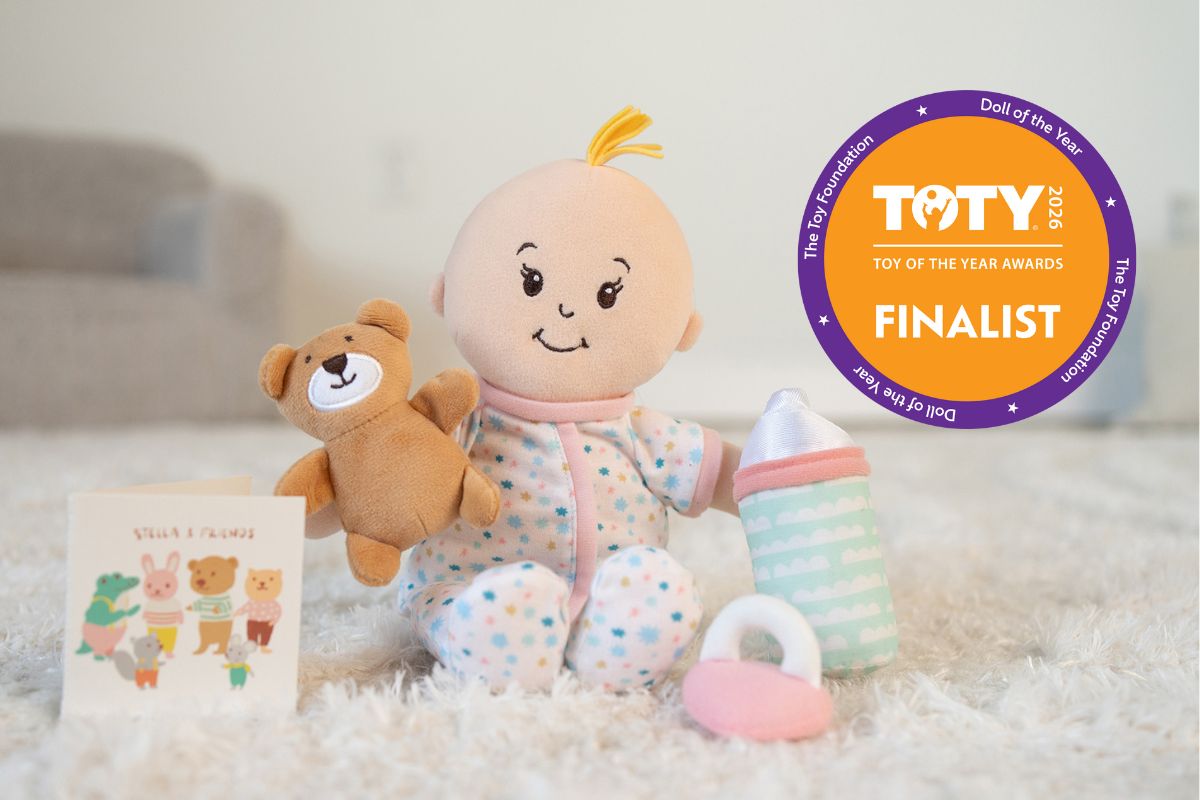
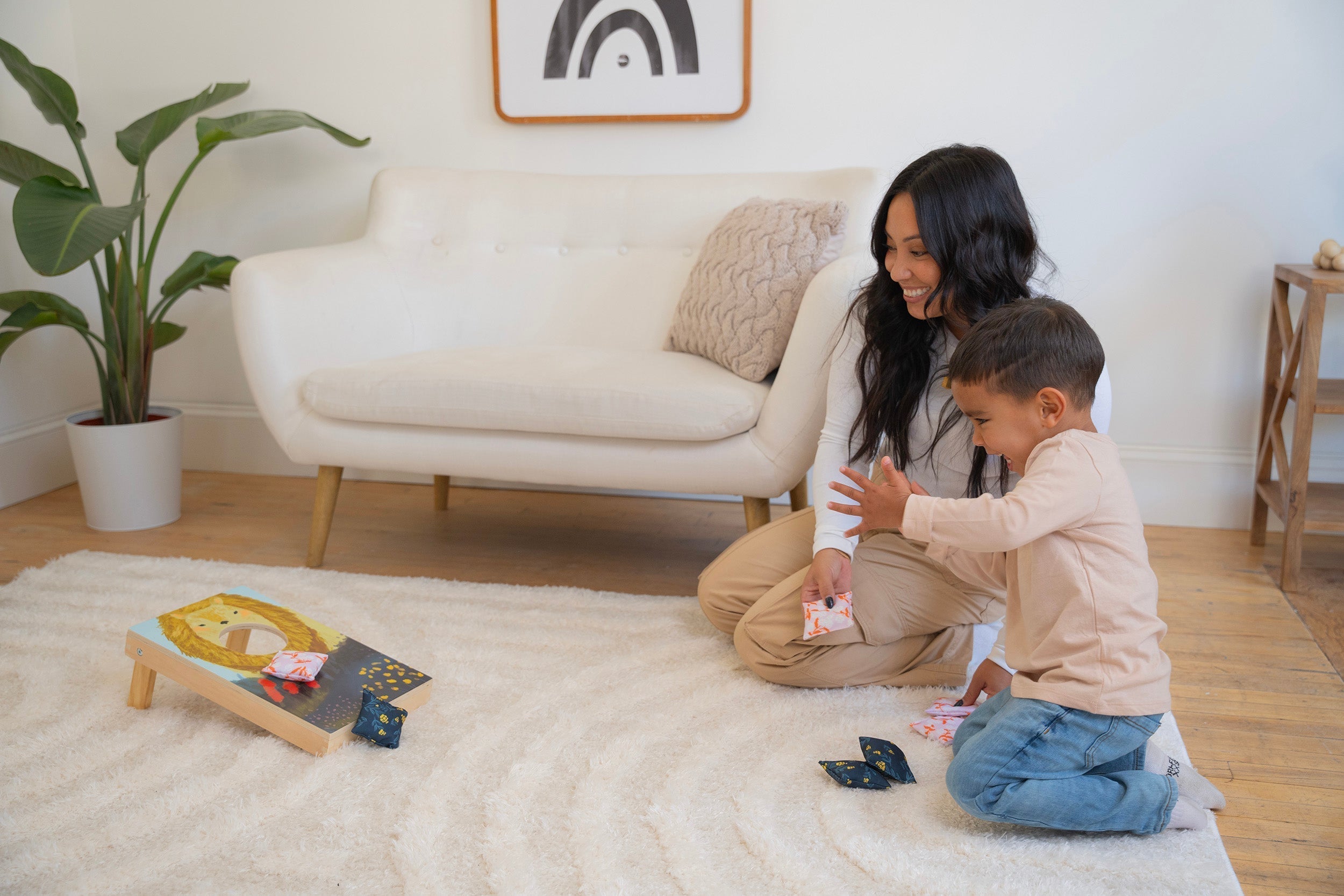
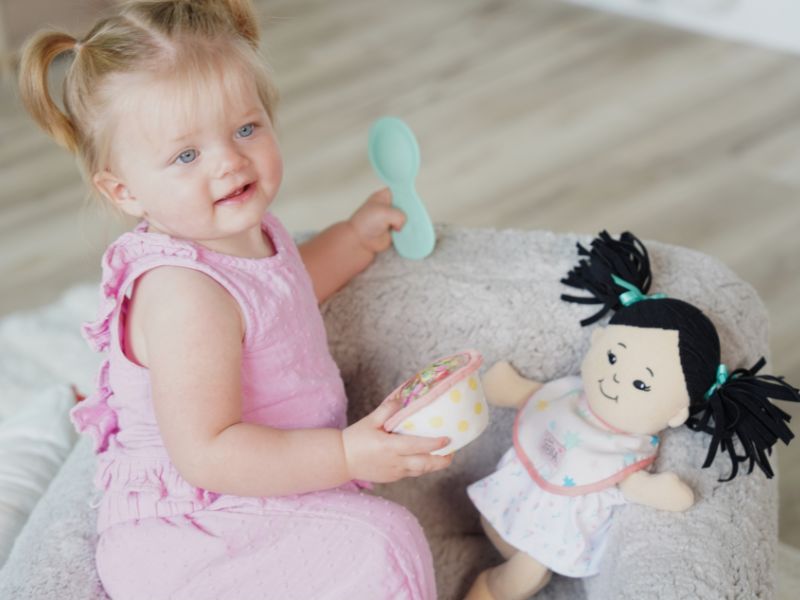
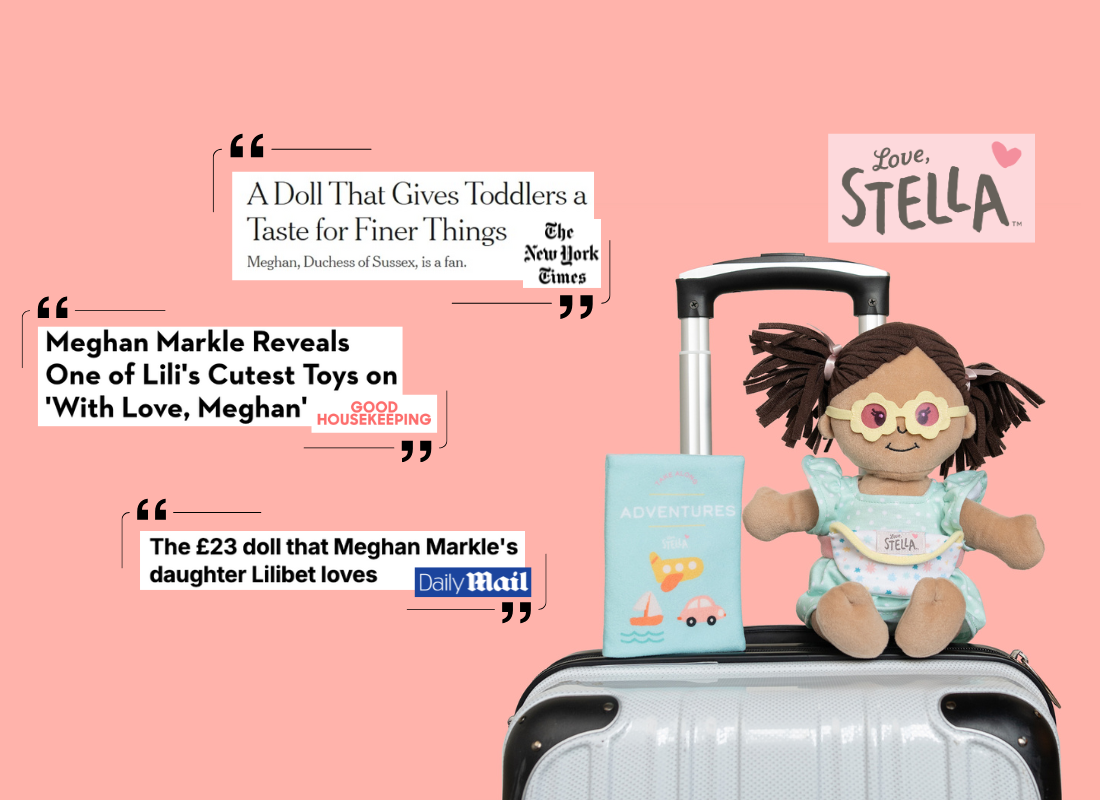

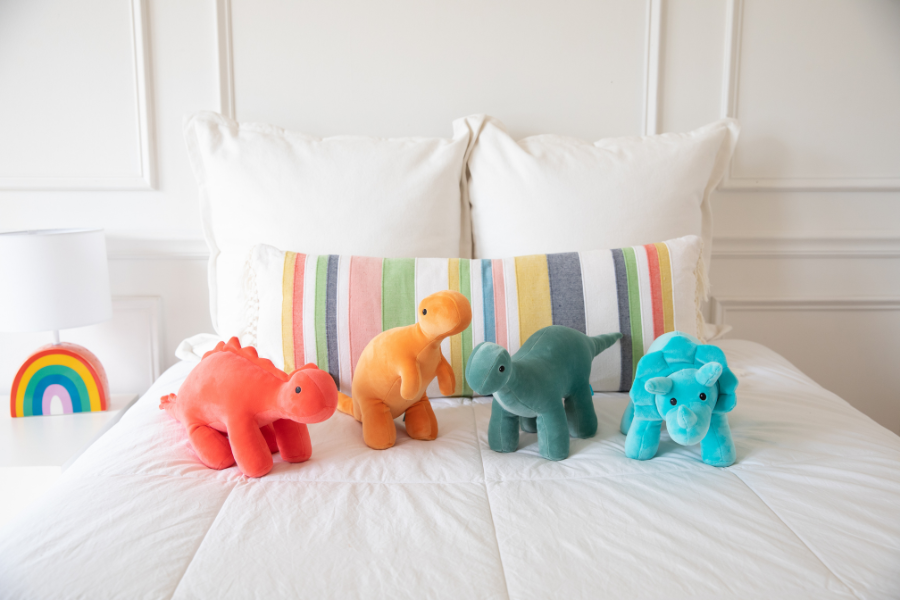

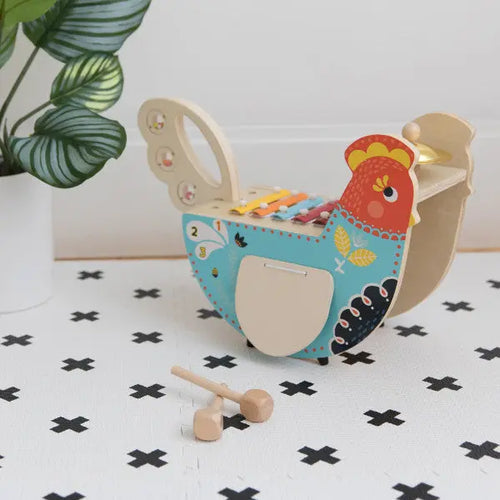
Valentine Gifts for Ages 0 - 3 years
Their First Teacher is You - Part II